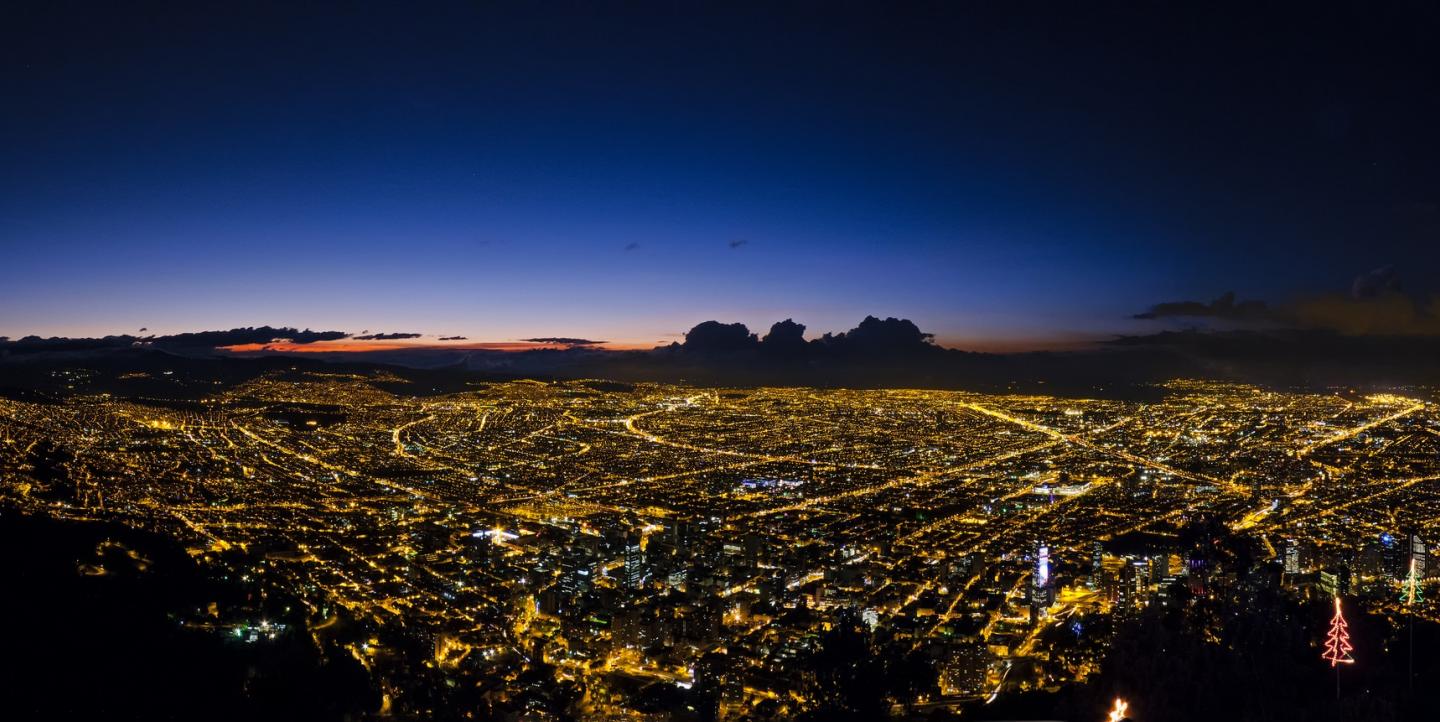Violence against journalists in Colombia increased nearly 40 percent in 2015, a stark contrast to the hope brought about by an upcoming peace agreement in the country’s decades-long conflict. The Fundación para la Libertad de Prensa (FLIP), Colombia’s foundation for press freedom, registered nearly 150 attacks against more than 230 journalists in the organization’s recent report, “Peace in the headlines, fear in the writing.”
“We saw an increase of about 39 percent in the number of journalists affected this past year. This is a considerable increase,” said Pedro Vaca, director of FLIP. “The aggression came mostly from individuals and unknown sources.”
The three largest aggressors against journalists in Colombia in 2015 were individuals not associated with organized crime or any particular institution, unknown sources or Colombia’s Public Forces, which includes the military and national police. This is a significant shift from previous years, where journalists were most likely to be targeted for coverage related to the country’s ongoing conflict, including aggression from guerrilla groups and paramilitary forces or aggression during related protests.
“The first hypothesis is that they are not actors from the conflict [threatening journalists],” said Vaca. “The second hypothesis is that they are, but they have more sophisticated mechanisms to hide where the threats are coming from.”
Aggression towards journalists in Colombia reached a six-year high in 2015, including 77 journalists who were threatened and two journalists who were killed. Luis Antonio Peralta, the director of a daily news radio program, was shot last February sitting outside his home in southern Colombia. He often spoke out about government corruption and exploitation from big business. Flor Alba Nunez was murdered in September for exposing criminal groups and armed assassins in Huila, Colombia. A total of 47 journalists have been killed in Colombia since 1992 in relation to their work, according to the Committee to Protect Journalists (CPJ).
September and October saw the highest number of aggressions against journalists, when Colombia held mayoral and gubernatorial elections. Increased threats and aggression during elections is a recent trend, which Vaca attributes to the heightened criticism and attention on public officials, particularly for corruption, which can put journalists at risk.
Impunity remains a key obstacle for the protection of journalists Colombia, with 90 percent of crimes against journalists never resulting in a conviction, according to CPJ. The FLIP report emphasizes the need to prosecute anyone involved in a crime. This includes not just the perpetrator, but also the person who ordered the crime and anyone else involved in its planning.
“If a crime doesn’t have any judicial cost, then this encourages the perpetrator to repeat it,” said Vaca.
Yet there have been some emblematic cases in the past year that demonstrate Colombia’s ability to move forward to address impunity for crimes against journalists. In June 2015, a court overturned a ruling that acquitted two individuals, including an ex-congressman, for the murder of journalist Orlando Sierra 13 years ago. In November 2015, a court upheld a ruling that found members of the army complicit in the 2002 murder of journalist Efrain Varela. The case of Jineth Bedoya, a journalist who was kidnapped and sexually assaulted in 2000 while covering the conflict, is being heard before the Inter-American Commission on Human Rights and FLIP continues to assist Bedoya in the legal process.
These cases represent key advances for Colombia, but they are not enough.
“There still has not been a single judicial response for a threat that has been registered in Colombia,” said Vaca. Colombian institutions must continue to work to protect the journalists putting themselves in danger as they expose corruption and report on guerrilla and paramilitary forces, he explained.
The way to do this, according to the report, is through a joint effort by the judicial system, congress and Colombian media to implement current laws more effectively and bring more perpetrators to trial. Press freedom is even more important this year as the March 23 peace agreement deadline approaches, which includes potential threats to press freedom like requiring journalists to cover the peace talks or the creation of a guerrilla-run TV station.
“The situation in Colombia continues to be problematic for the press, with many debates about press freedom still open,” Vaca said.
Image of Bogotá, Colombia CC-licensed by Flickr via Diego F. Garcia P.

